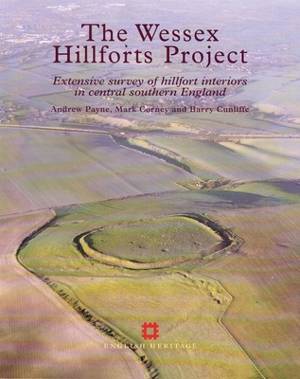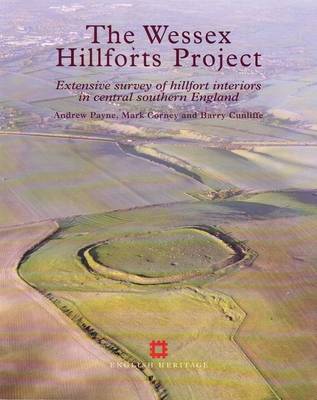
- Afhalen na 1 uur in een winkel met voorraad
- Gratis thuislevering in België vanaf € 30
- Ruim aanbod met 7 miljoen producten
- Afhalen na 1 uur in een winkel met voorraad
- Gratis thuislevering in België vanaf € 30
- Ruim aanbod met 7 miljoen producten
The Wessex Hillforts Project
Extensive Survey of Hillfort Interiors in Central Southern England
Andrew Payne, Mark Corney, Barry CunliffeOmschrijving
The earthwork forts that crown many hills in Southern England are among the largest and most dramatic of the prehistoric features that still survive in our modern rural landscape. The Wessex Hillforts Survey collected wide-ranging data on hillfort interiors in a three-year partnership between the former Ancient Monuments Laboratory of English Heritage and Oxford University.
These defended enclosures, occupied from the end of the Bronze Age to the last few centuries before the Roman conquest, have long attracted archaeological interest and their function remains central to study of the Iron Age. The communal effort and high degree of social organistation indicated by hillforts feeds debate about whether they were strongholds of Celtic chiefs, communal centres of population or temporary gathering places occupied seasonally or in times of unrest. Yet few have been extensively examined archaeologically.
Using non-invasive methods, the survey enabled more elaborate distinctions to be made between different classes of hillforts than has hitherto been possible. The new data reveals not only the complexity of the archaeological record preserved inside hillforts, but also great variation in complexity among sites. Survey of the surrounding coutnryside revealed hillforts to be far from isolated features in the later prehistoric landscape. Many have other less visible, forms of enclosed settlement in close proximity. Others occupy significant meeting points of earlier linear ditch systems and some appear to overlie, or be located adjacent to, blocks of earlier prehistoric field systems.
Specificaties
Betrokkenen
- Auteur(s):
- Uitgeverij:
Inhoud
- Aantal bladzijden:
- 170
- Taal:
- Engels
- Reeks:
Eigenschappen
- Productcode (EAN):
- 9781873592854
- Verschijningsdatum:
- 31/07/2006
- Uitvoering:
- Paperback
- Formaat:
- Trade paperback (VS)
- Afmetingen:
- 219 mm x 276 mm
- Gewicht:
- 599 g

Alleen bij Standaard Boekhandel
Beoordelingen
We publiceren alleen reviews die voldoen aan de voorwaarden voor reviews. Bekijk onze voorwaarden voor reviews.











